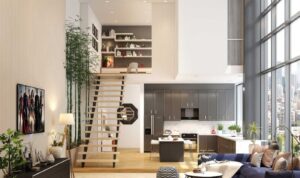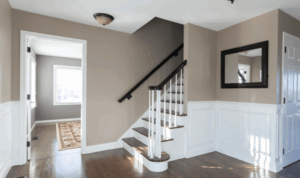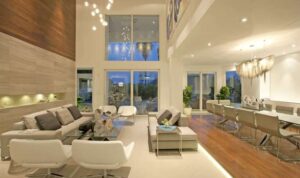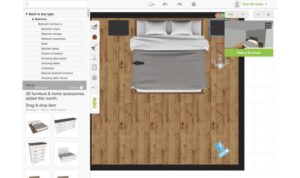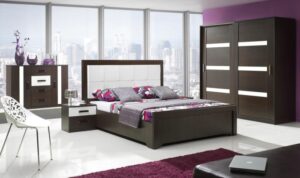Embark on a journey into the realm of room planner design home 3D, where creativity meets functionality to transform living spaces. Discover the tools, tips, and tricks that can elevate your home decor and renovation projects to new heights.
Understanding Room Planner Design Home 3D
Room planner design in the context of home 3D refers to the use of software tools to create virtual representations of rooms within a house. These tools allow users to visualize and plan the layout, furniture placement, color schemes, and overall design of a room in a three-dimensional space.Popular room planner design software used for home 3D projects include:
- Autodesk Homestyler
- Planner 5D
- Sweet Home 3D
- RoomSketcher
The benefits of using 3D room planner design tools for home decor and renovation projects are immense. These tools help homeowners and designers to:
- Visualize the final look of a room before making any changes
- Experiment with different layouts and designs without committing to physical changes
- Plan accurate measurements and placements of furniture and accessories
- Save time and money by avoiding costly mistakes during the renovation process
Advantages of 3D Room Planner Design Tools
- Enhanced Visualization: 3D tools provide a realistic view of the room design, helping users to make informed decisions.
- Efficient Planning: Users can easily rearrange furniture, change colors, and experiment with different styles to find the best design solution.
- Accurate Measurements: Tools offer precise measurements, ensuring that furniture fits perfectly within the space.
- Cost-effective: By previewing designs in 3D, users can avoid costly mistakes and ensure that the final result meets their expectations.
Features and Functions
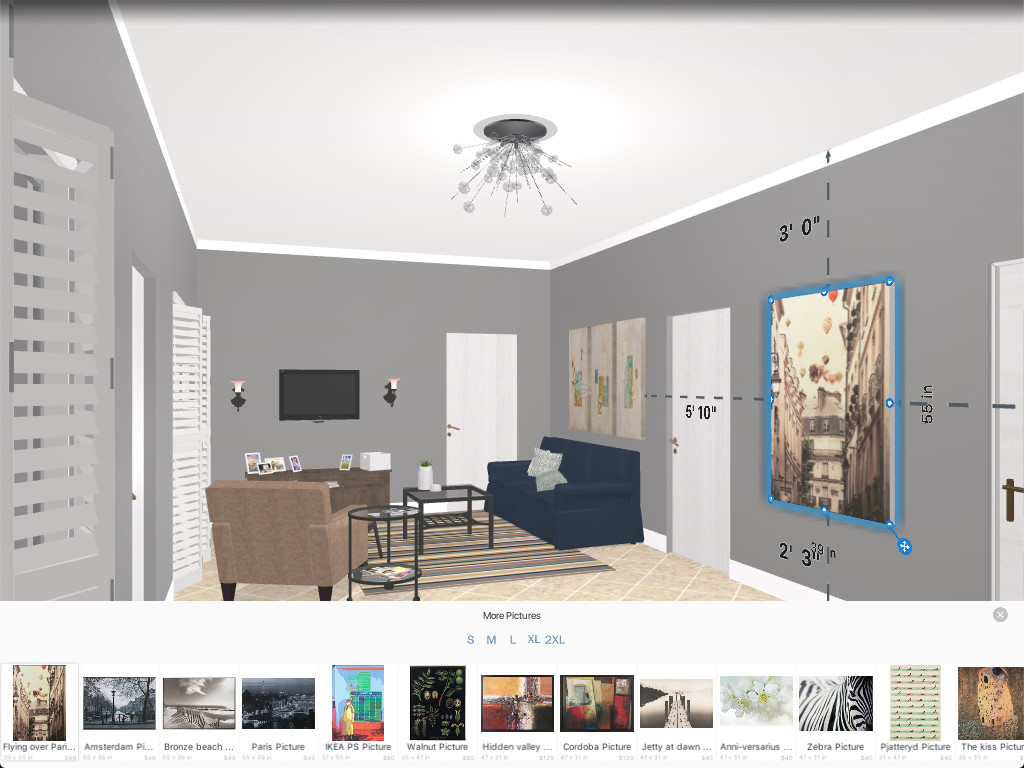
When it comes to room planner design software for home 3D, there are several key features that users can typically expect. These tools are designed to help individuals visualize and plan their living spaces effectively, making the interior design process more efficient and convenient.
Key Features
- Creation of 3D Floor Plans: Room planner design software allows users to create detailed 3D floor plans of their living spaces, including accurate measurements and dimensions.
- Furniture Placement: Users can experiment with different furniture layouts to optimize space and functionality within a room.
- Material Selection: These tools often provide a wide range of materials and finishes for users to customize the look of their interiors, from flooring to wall colors.
- Lighting Effects: Users can simulate different lighting conditions to see how natural and artificial light sources will affect the overall ambiance of a room.
- Virtual Reality Integration: Some advanced software options offer virtual reality capabilities, allowing users to experience a realistic walkthrough of their designed spaces.
Creating Layouts and Designs
Creating a room layout using a 3D room planner design tool allows users to visualize their space and experiment with different design ideas before making any changes in the actual room.
Starting a Room Layout
To start creating a room layout, users can begin by selecting the type of room they want to design, whether it's a living room, kitchen, bedroom, or any other space. They can then choose the dimensions of the room and start placing walls, doors, and windows to create a basic layout.
- Use the grid or snap-to feature to ensure accurate placement of walls and objects.
- Experiment with different furniture arrangements to find the most functional and aesthetically pleasing layout.
- Consider the flow of the room and make sure there is enough space for movement and activities.
Designing Different Rooms
Each room in a home has its own unique design requirements and considerations. Here are some tips for designing different rooms:
Living Room
- Choose a focal point, such as a fireplace or TV, and arrange furniture around it.
- Consider the seating arrangement for socializing and entertainment purposes.
- Play with different lighting options to create ambiance and functionality.
Kitchen
- Plan the layout for efficient workflow between cooking, prepping, and cleaning areas.
- Select durable and easy-to-clean materials for countertops, cabinets, and flooring.
- Incorporate ample storage solutions to keep the kitchen organized and clutter-free.
Bedroom
- Create a relaxing and comfortable atmosphere with the right choice of colors and textures.
- Position the bed as the focal point and design the room around it for a cohesive look.
- Personalize the space with decorative elements that reflect your style and personality.
Customizing Elements
In a 3D room planner design tool, users can customize various elements in their designs to achieve the desired look and feel of the room:
- Choose from a wide range of furniture options and styles to fit the room's theme.
- Experiment with different color schemes to create a cohesive and harmonious palette.
- Apply textures to walls, floors, and other surfaces to add depth and visual interest to the design.
Collaboration and Sharing

Collaboration and sharing are essential aspects of room planner design software, allowing users to work together with family members, friends, or even professionals to create the perfect space. These tools enable seamless communication, feedback, and sharing of ideas, resulting in more cohesive and personalized designs.
Collaborating with Others
Collaboration features in room planner design software typically allow multiple users to work on a project simultaneously. Users can invite others to view, edit, or comment on the design, making it easy to brainstorm ideas and make decisions together in real-time.
This fosters a sense of teamwork and ensures that everyone's input is considered during the design process.
Sharing Designs
Once a design is complete, users can easily share it with others for feedback or further review. Most room planner design software offers options to export designs in various formats, such as images, PDFs, or even 3D models. This makes it convenient to share designs via email, social media, or messaging apps, allowing for quick and efficient collaboration with stakeholders.
Importance of Collaboration and Sharing
The collaboration and sharing features in room planner design software are crucial for creating successful and well-thought-out designs. By involving others in the design process, users can gather diverse perspectives, explore different ideas, and ensure that the final design meets everyone's needs and preferences.
Collaboration also promotes communication and teamwork, leading to more creative and innovative design solutions.
Closing Notes
Immerse yourself in the possibilities offered by 3D room planner design tools and unleash your inner designer. From collaboration to customization, the world of room planner design awaits your innovative touch.
Question Bank
How can room planner design software enhance home decor projects?
Room planner design software offers a visual representation of design ideas, helping users plan and execute their projects with precision.
Is 3D room planner design software user-friendly for beginners?
Many 3D room planner tools come with intuitive interfaces and tutorials, making them accessible to users of all skill levels.
Can room planner design software be used for commercial projects?
While primarily designed for home use, some room planner software can be adapted for commercial spaces with the right customization.

